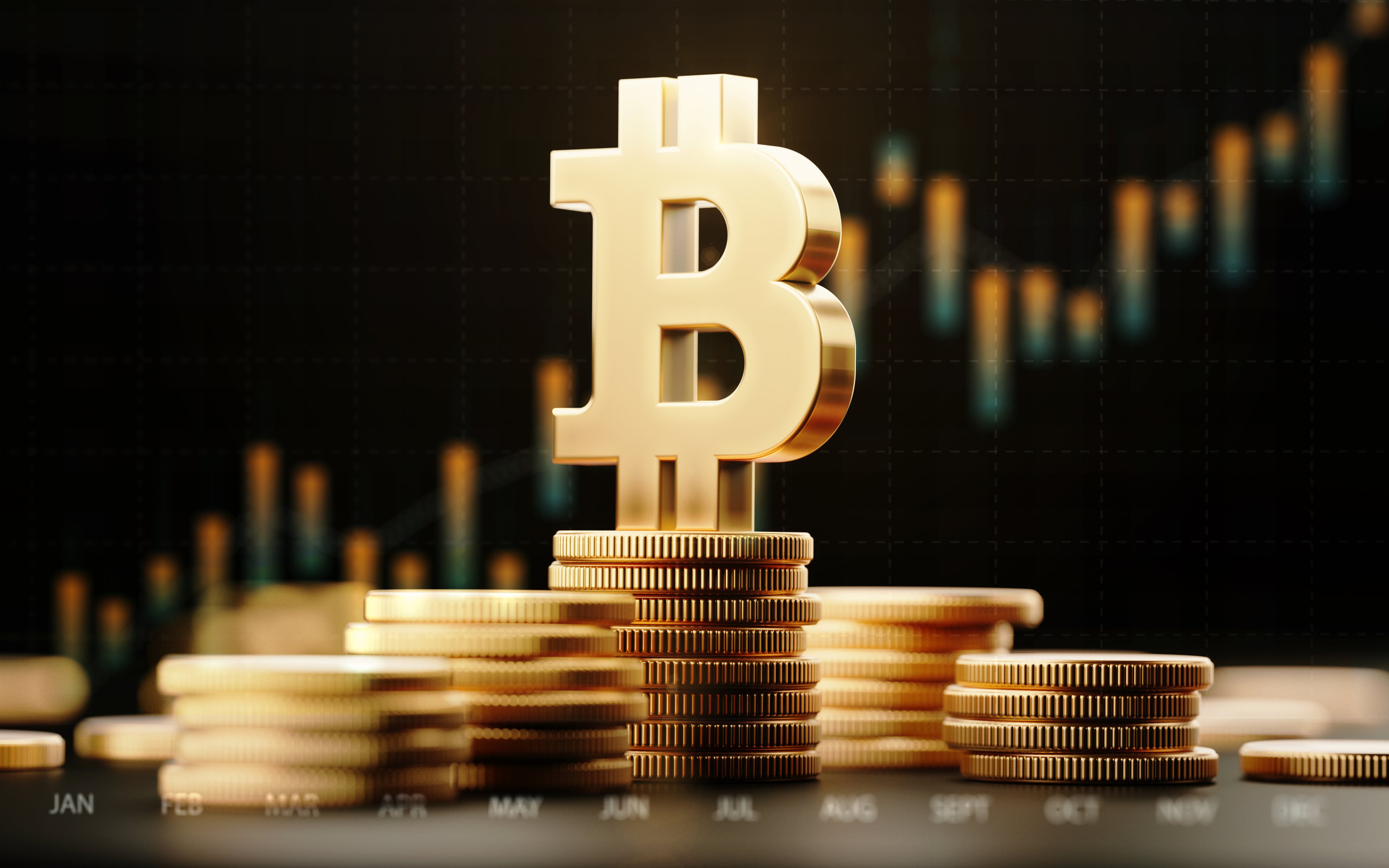The crypto flash crash earlier this month was alarming, to say the least. Major cryptocurrencies across the board lost 10% or more of their value overnight, and even market stalwarts such as Bitcoin (BTC +1.95%) were affected. In fact, Bitcoin lost more value in a single day than the entire U.S. stock market did during the 1929 market crash.
But there's no reason to be spooked by this early Halloween market scare. Now is no time to give up on crypto, and especially not on Bitcoin.
Bitcoin's incredible historical track record
During the past five years, Bitcoin has been the top-performing asset in the world, and it hasn't even been close. In 2024, Bitcoin delivered a return of 125% to investors. That followed an incredible return of 157% in 2023, 60% in 2021, 305% in 2020, and 95% in 2019. The only down year was 2022, when Bitcoin collapsed, losing 64% of its value.

CRYPTO: BTC
Key Data Points
But here's the thing: Bitcoin's performance has been so over-the-top positive for four of the past five years, that it has more than made up for the one disastrous year in 2022. Even though Bitcoin is prone to periods of boom and bust, the periods of boom are so intense that one dud year doesn't make a big difference.
No wonder institutional investors are now lining up to add Bitcoin to their portfolios. At one time, Bitcoin was considered too risky and too speculative to add to a conventional portfolio. But that's no longer the case. Bitcoin is the rare risk asset that has shown the ability to deliver triple-digit percentage returns with incredible regularity.
Bitcoin vs. the dollar
Things get even more interesting when you start to compare the performance of dollar-denominated assets to that of Bitcoin. Take the S&P 500 (^GSPC +0.19%), for example. In dollar terms, the S&P 500 is up more than 100% since 2020. However, if U.S. stocks were denominated in Bitcoins rather than dollars, the S&P 500 would actually be down 88% over the past five years.

Image source: Getty Images.
For this to make sense, it helps to think in terms of emerging market stock markets. For the sake of argument, let's say that you have money invested in an emerging market nation where the stock market is going absolutely bananas.
But here's the problem: If that country's home currency is rapidly losing value vis-a-vis the dollar, then those returns could be wiped out, due to currency depreciation. By the time you convert your profits back to dollars, you could be sitting on a huge loss. That's why many foreign investors still prefer to hold dollars.
According to Anthony Pompliano, head of the Bitcoin treasury company ProCap Acquisition Corp. (PCAP 0.05%), this little thought experiment involving the S&P 500 is further evidence of Bitcoin's ability to function as a hard asset. That's why Bitcoin is often referred to as digital gold. Investors view Bitcoin as a relatively safe store of value, similar to physical gold. Other fiat currencies may lose their value, but Bitcoin will not.
That's also why the hottest trade on Wall Street right now is called the debasement trade. It's essentially a bet against the dollar, and a vote of confidence in gold, precious metals, and Bitcoin. As long as large institutional investors have doubts about the fiscal and monetary policy of the U.S., they are likely to continue to shovel their money into gold and Bitcoin. No wonder both are now trading at or near all-time highs.
Keep a 10-year investment horizon
The price of Bitcoin back in October 2015 was just $300. Let that sink in. Ten years later, the price of Bitcoin has already topped $125,000. Currently, the price of Bitcoin is about $112,000. If you had purchased just 10 coins back in 2015 at a cost of $3,000, you'd be a crypto millionaire today.
That's why I'm not worried about the recent flash crash. Bitcoin has shown amazing resilience during the past decade, as well as an uncanny ability to mint new crypto millionaires.
But you definitely need to adopt a long-term investment horizon. At a minimum, you need to be willing to hold Bitcoin for four years, since the typical Bitcoin boom-and-bust cycle is almost exactly four years.
Far better, though, is to buy and hold forever. If Bitcoin is able to deliver anything close to what it has delivered during the past decade, a small investment today could really pay off later.





